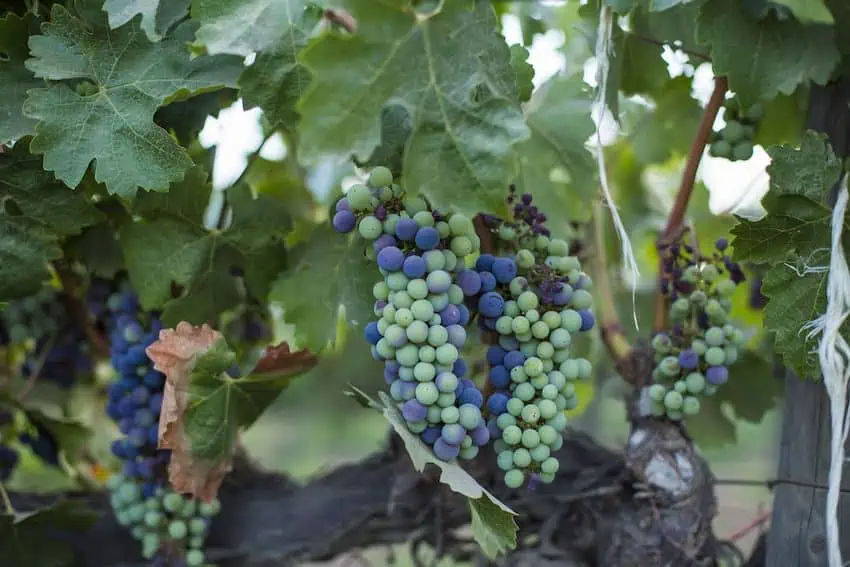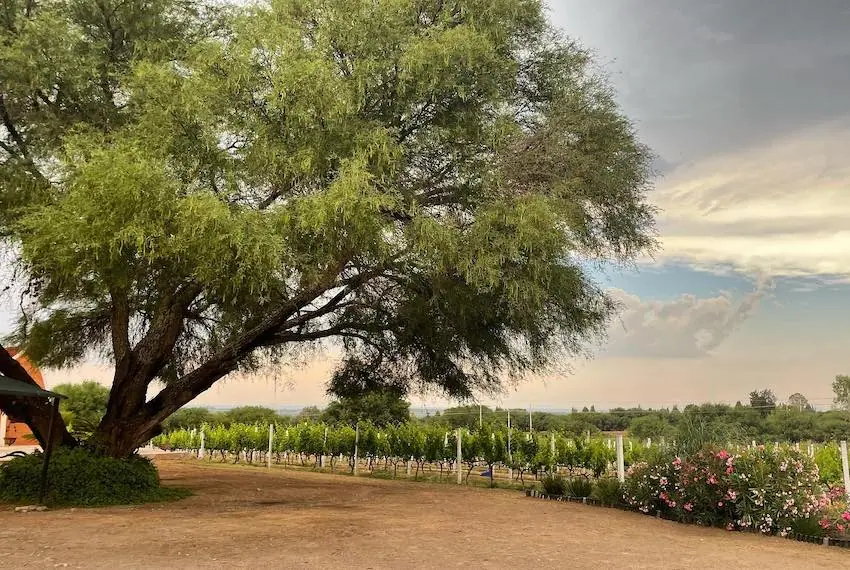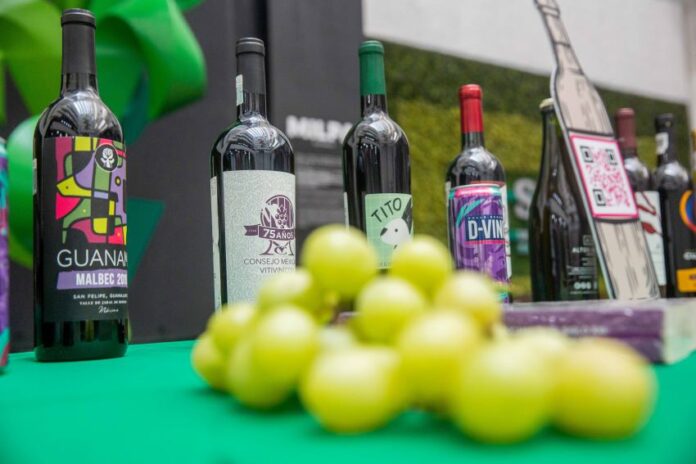There are many groups of people that make an industry like winemaking successful. The most obvious are the wine producers and consumers, but there are other organizations that also play a part in the success.
One of the most important institutions in the history of Mexican grape growing was founded nearly 80 years ago but has only come to public prominence recently: the Mexican Wine Council (CMV).

The CMV was founded in 1948, in large part due to the support of its first president, grape grower Nazario Ortiz Garza, who once served as governor of Coahuila, the state home to the oldest winery in the Americas. It was formed with a mission to protect, strengthen, and organize all grape producers, whether they were producing table grapes, grapes for raisins, grapes for brandy, juice grapes, or, of course, wine grapes. For years, the group’s work was invisible, but today nearly 90 percent of all Mexican grape producers are represented on the CMV’s rolls.
Their work’s positive results can be seen in a unified industry of both producers and distributors, an increase in grape production through innovative yet sustainable practices and the promotion and positioning of the Vino Mexicano brand — and the quality, production and presence in the market of national wines.
Today, the council is presided over by Salomón Abedrop López, a Coahuila wine producer and head of Hacienda Florida. Architect Ana Paula Robles has been the General Director of the CMV since September 2023.
The Mexican Wine Council is made up of a vast number of numerary and honorary members, who are involved in grape growing projects that align with CMV’s mission and strategic efforts. Thanks to representation in various state and regional groups, today the CMV is a collection of more than 300 wineries in the country. The organization is also directly affiliated with business groups, international organizations, universities and research centers all interested in the production, sale and promotion of Mexican wine. Government at both the federal and state levels have also passed bills in recent years that favor the wine industry.
Through collaboration, the CMV continues to consolidate a growing and cohesive industry, promoting the expansion of grape growing in Mexico and strengthening the position of Mexican wine in the national and international market.
The CMV continues to evolve in order to assure a competitive, innovative and sustainable future for winemaking in Mexico. Among its achievements is the highly visible growth of production and consumption of Mexican wine. Today, the CMV represents wine producers in 17 states, reflecting not only geographic expansion but also a diversification and consolidation of new regional producers. A large majority of this growth is represented by small producers.

The council’s efforts can be seen in the international recognition of the quality of Mexican wines. In 2024, Mexican wine won 884 medals at international contests, an increase of 40 percent over 2023 numbers, putting Mexico on a competitive level with other major wine-producing countries in the world.
National consumption has gone up as well: today, the CMV says, 39 of every 100 bottles of wine enjoyed in Mexico are Mexican, and wine is the second most consumed alcoholic drink in the country.
Wine tourism has also seen dramatic growth: last year, 2 million visitors were registered as having toured Mexican wineries, with an economic impact of 10 million pesos. In 2022, in collaboration with the federal Tourism Ministry (Sectur) and the tourism boards of 14 wine-producing states, the CMV created the first catalogue of wine routes and wine tourism projects in Mexico. A guide for national and international tourists, it has enriched wine tourism experiences and benefits local communities.
One of the upcoming projects within Mexico’s winemaking industry is its participation in the 2026 FIFA World Cup, which will be hosted in Mexico City, Guadalajara and Monterrey. This collaboration will position wine tourism as an attractive option for visitors, integrating sports tourism with cultural and culinary experiences.
Education and training producers is a fundamental part of offering quality tourism options. That’s why the CMV maintains close relations with international allies who share best practices and specialized knowledge.
One example is the council’s conference cycle on sustainable wine tourism, organized in collaboration with the National University of Cuyo (UNCUYO) in Mendoza, Argentina. This virtual conference discusses strategies that Mexican producers can use to strengthen their tourism offerings in a responsible way and shares experiences and successful models that can be adapted in Mexico’s wine regions.

While Mexico has yet to establish an official appellation of origin for a wine region, the identification of special wine regions starts by obtaining a geographical indication, a sign that indicates the origin of a product and links its quality to its place of origin’s reputation. In wine terms, a geographical indication can be another way of recognizing the quality of certain winemaking areas. Last month, however, the state of Querétaro became the first Mexican state to secure geographical indication status for its wines, which will now be protected by the Vinos de la Región Vitivinícola de Querétaro (Querétaro Wine-Producing Region) label.
The strengthening of Mexican wine’s identity through the consolidation of the Vino Mexicano brand as well as National Mexican Wine Day on Oct. 7 is blazing a trail for others to follow, backing the national wine industry and positioning Mexican wine’s participation in events, fairs and tastings that promote responsible but frequent consumption.
The next few years look bright, and industry participants are optimistic about a steady growth in winemaking that will benefit the entire country.
Cheers to Mexican Wine!
Diana Serratos studied at Universidad Nacional Autónoma de México (UNAM) and UNCUYO in Mendoza, Argentina, where she lived for over 15 years. She specializes in wines and beverages, teaching aspiring sommeliers at several universities. She conducts courses, tastings and specialized training.
